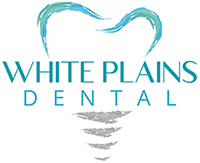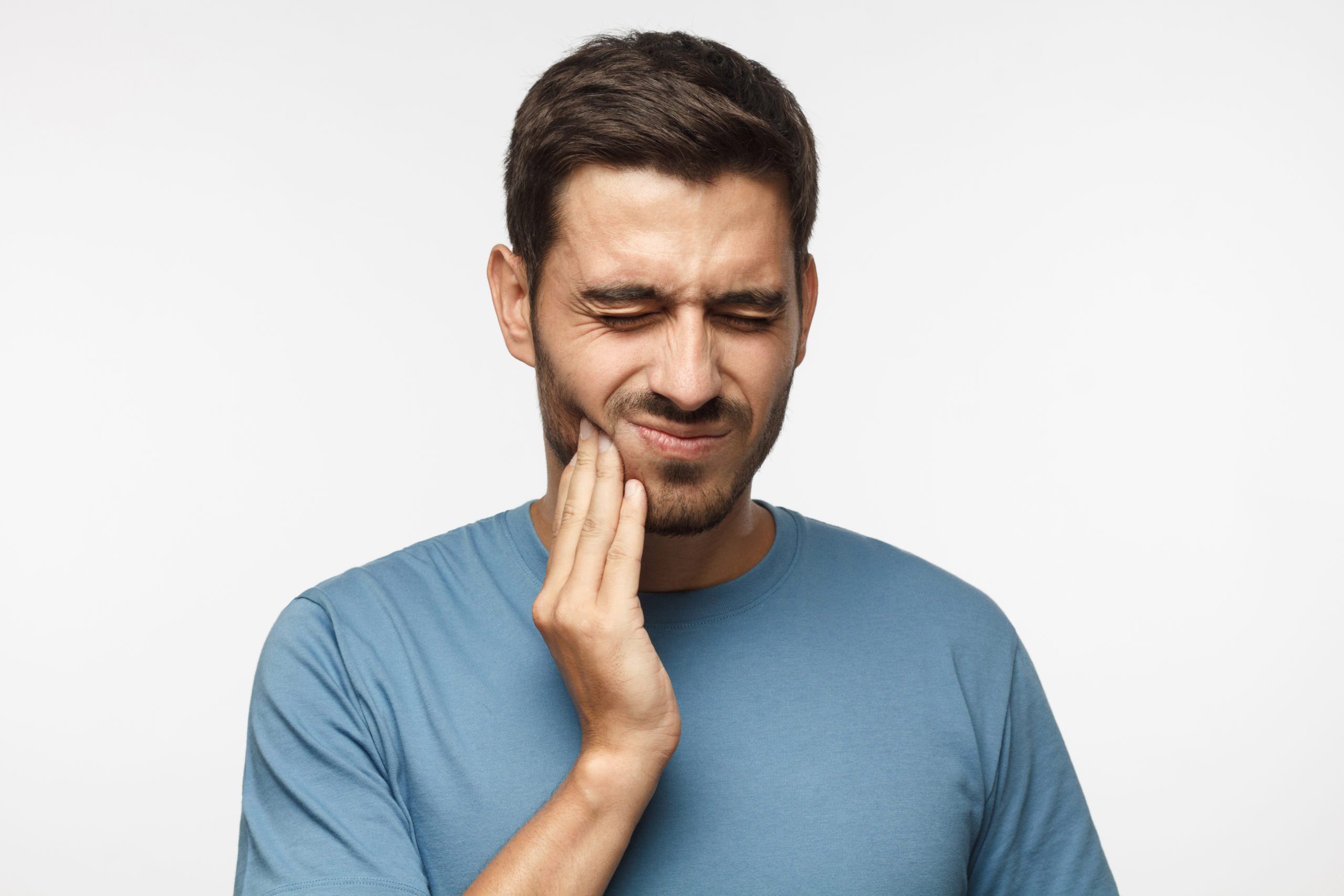The temporomandibular joint, or TMJ for short, connects the skull to the lower jawbone to help assist with movements such as speaking and chewing. Temporomandibular joint disorder, or TMD for short, refers to a dysfunction of the TMJ, however TMJ is often used interchangeably with TMD.
What are TMJ disorder symptoms?
TMJ disorder is more common in women and adults between the ages of 20-40 years old. Some symptoms of TMJ include:
- Jaw pain.
- Tooth pain.
- Neck and shoulder pain.
- Headaches.
- Earaches.
- Difficulty chewing.
- Changes in tooth alignment.
- Difficulty opening mouth wide.
- Popping, grating, or clicking sound when opening and closing the mouth.
- Locking of the jaw in a closed or open position.
- Swelling in the face.
- Tinnitus (ringing in the ears).
What causes TMJ?
One of the most common causes of TMJ is bruxism. Bruxism is the persistent and often involuntary grinding or clenching of the teeth. These actions can be regularly habitual or triggered during stress. Another cause of TMJ is an improper alignment of the teeth. Other causes include arthritis, dislocation, or acute trauma.
What dental treatments are available for TMJ?
If the TMJ is caused by bruxism, a mouthguard can be worn over the lower and upper teeth. This provides a cushion of protection for your teeth and jaw and helps relieve pressure that results in pain. Your dentist may recommend both a daytime and nighttime mouthguard depending on the severity of the TMJ.
Corrective dental treatments can be used to fix misaligned teeth which can also lead to TMJ. Crowns, bridges, and dental implants can replace missing teeth that are causing misalignment. Braces are another common dental treatment that help bring teeth into alignment. If you need braces but don’t want to revisit your high school years with a mouth full of metal, Invisalign clear aligners are a great option.




